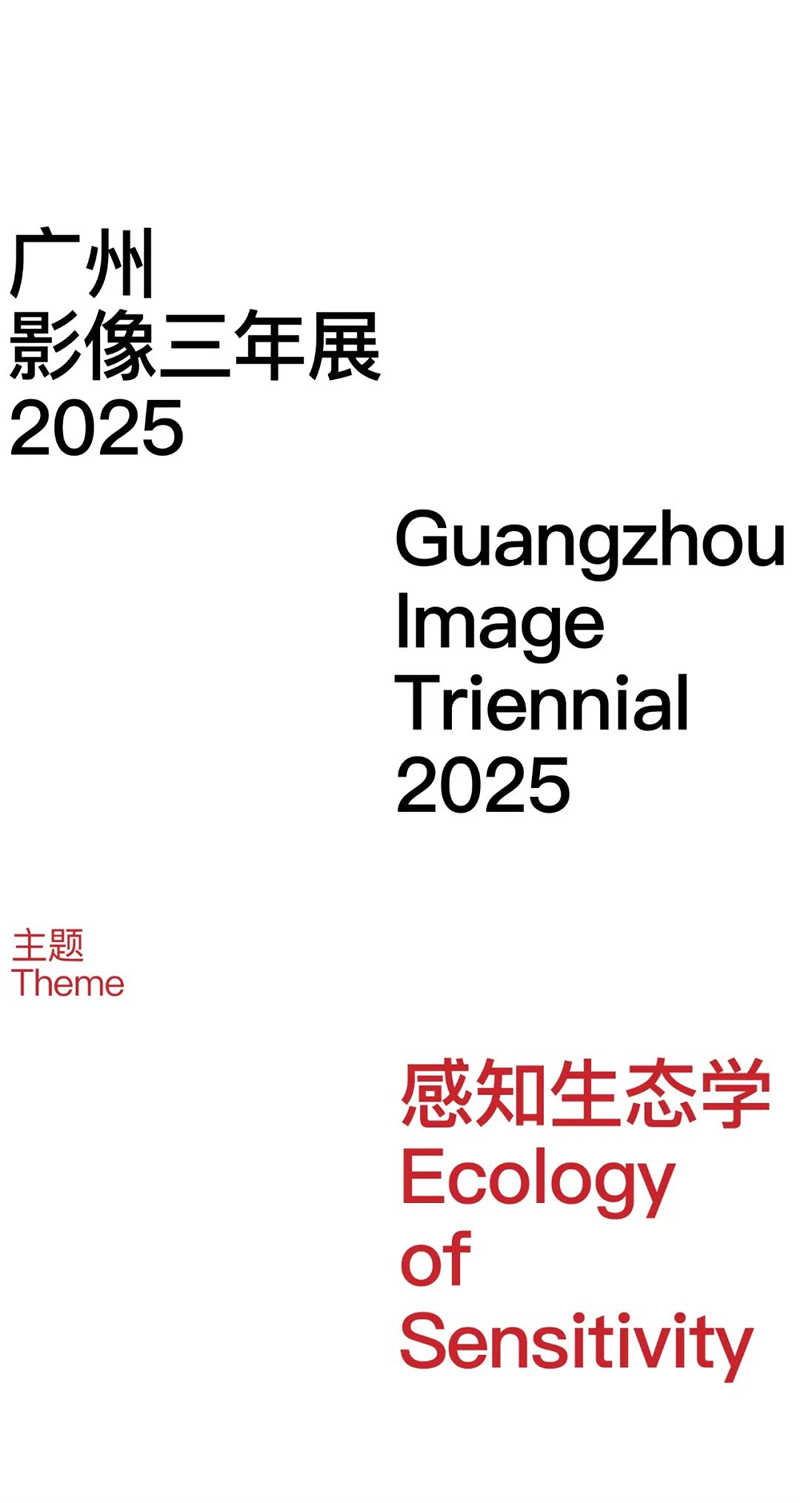Ecology of Sensitivity: Guangzhou Image Triennal 2025

In an algorithm-dominated visual age, Guangzhou Image Triennial 2025 explores the potential of an “expanded photography” to reconnect humans with reality. Contemporary artists offer new forms of attention, seeking to build new imaginaries of nature and memory by bringing together both digital and post-digital (neo-analog) aesthetics. Guangzhou Image Triennial 2025 stands as a manifesto for an Ecology of Sensitivity, reshaping how we perceive the world.
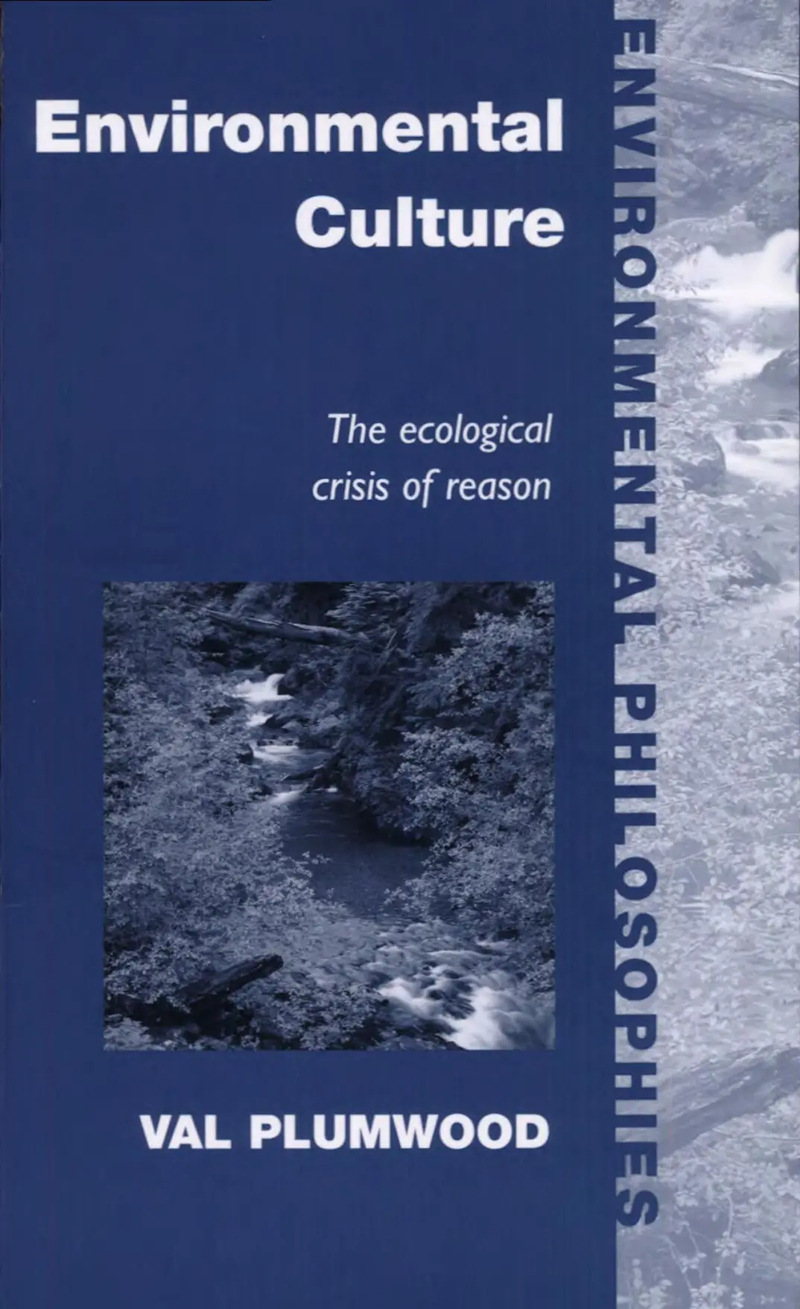
Environmental Culture:The Ecological Crisis of Reason, Val Plumwood, 2002.
Guangzhou Image Triennial 2025 offers a perspective on visual artists who take the context of the Anthropocene as a determining factor in representing the world.
Our digital existence has led to a crisis of sensitivity, impoverising our perceptions by depriving us of direct contact with nature and favoring the mediation of images. Yet, contemporary artists invite us to reclaim this sensitivity, approaching materiality in a different way and rethinking our relationship with history and memory. The Triennial thus stands as a true manifesto for a new ecology of sensitivity.
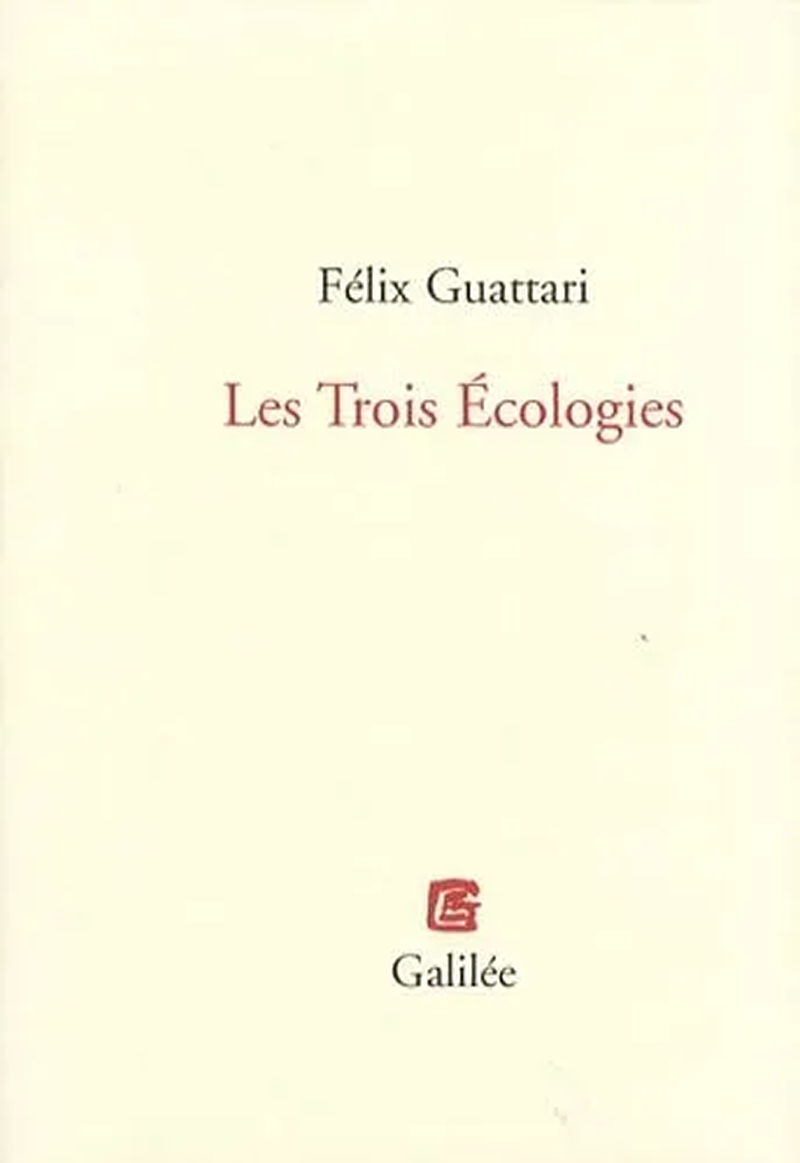
Les trois écologies, Félix Guattari, Galilée, 1989 .
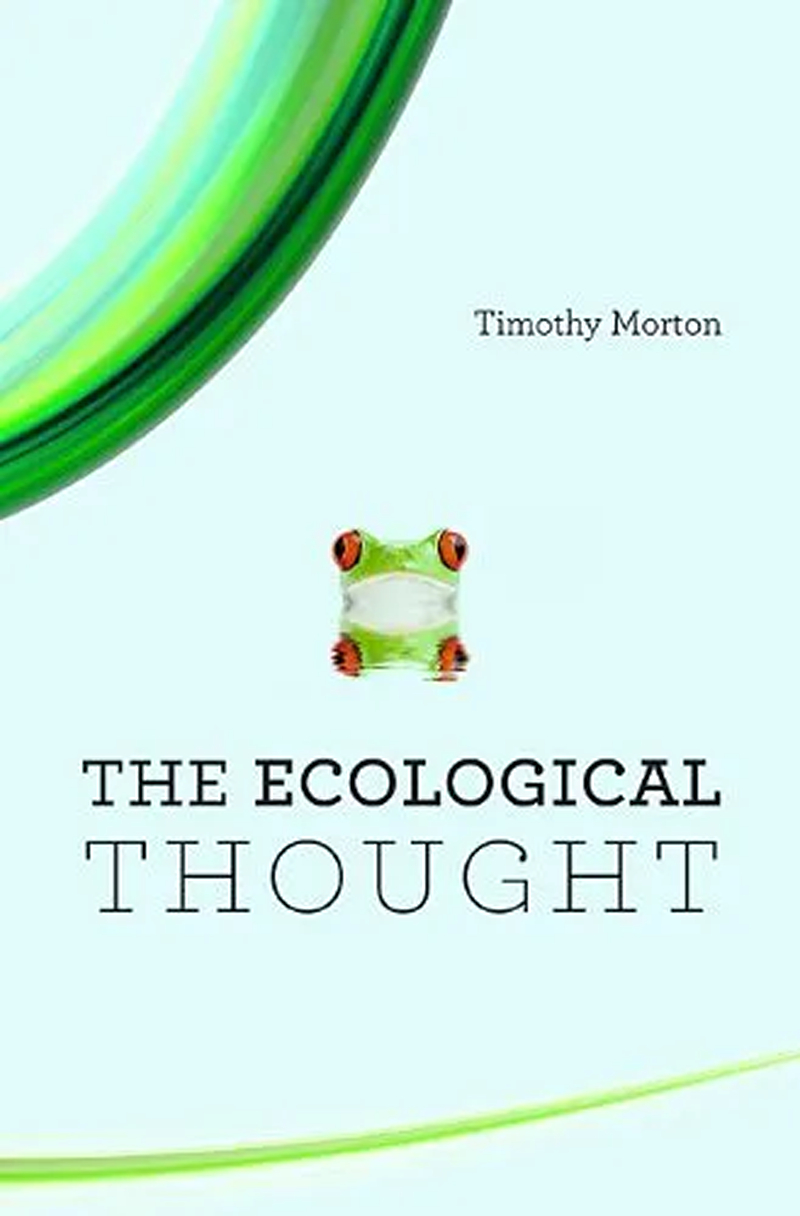
The Ecological Thought, Timothy Morton, Harvard University Press, 2010.
2025·Arne Næss·Félix Guattari“”ecosophy————
Guangzhou Image Triennial 2025 considers new forms of attention by highlighting on the latest photographic experiments. The exhibitions centre on attitudes of reconnection with reality by transforming our perception of phenomena. Drawing on the notion of ecosophy – the wisdom of nature – developed by the philosophers Arne Næss and Félix Guattari, who intertwine environmental, social and mental ecologies, the selected artists propose a genuine ethics of the sensitivity. At times, they turn away from conventional images to re-examine the medium itself : light, time, photosensitive substances, and the tangibility of supports are presented as an alternative visual vocabulary with regard to advanced technologies.
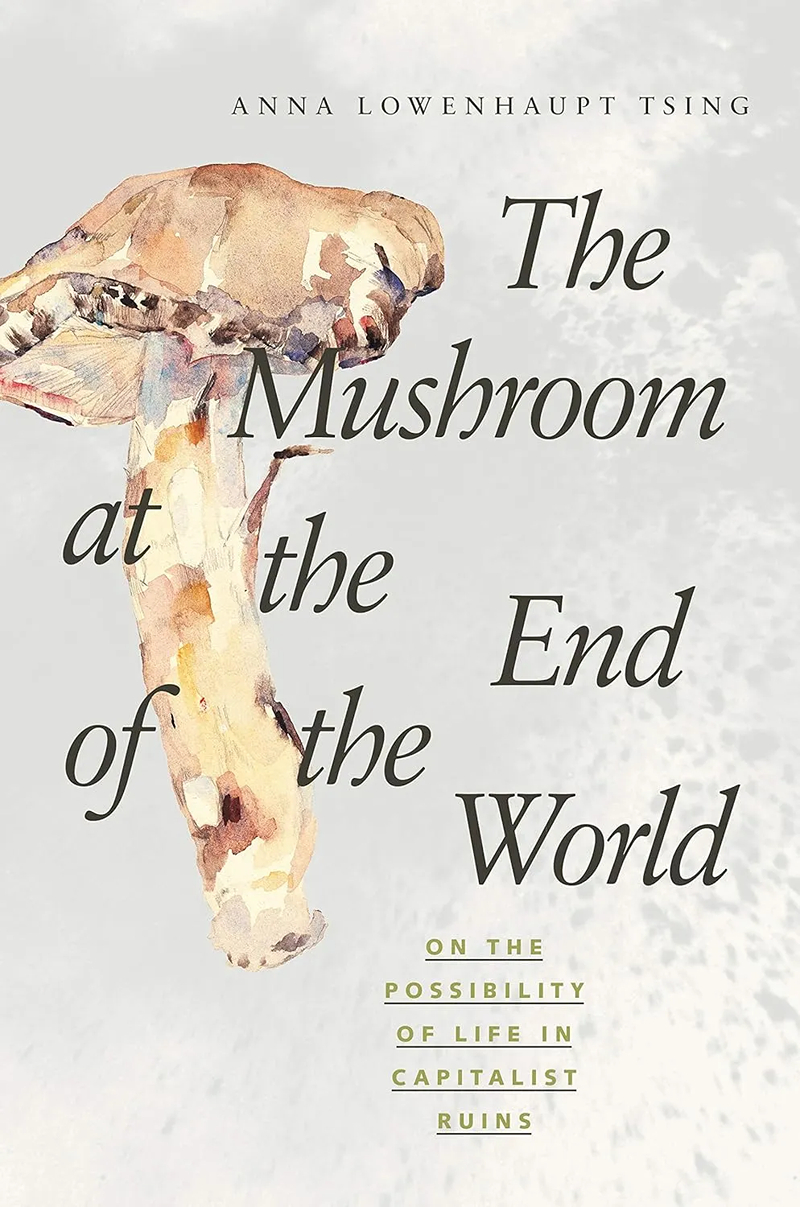
The Mushroom at the End of the World- On the Possibility of Life in Capitalist Ruins, Anna Lowenhaupt Tsing, Princeton University Press, 2015.
The materiality of the image has evolved into a poetic language. Sometimes abstract, but always tangible, this new photography marks a true neo-analog turn. As the medium of the sensitive — rooted in photosensitivity— photography offers a uniquely powerful space for exploring how our sense can reconnect us to the world. In this context, an ecology of sensitivity emerges as both an aesthetic and an ethical imperative.
